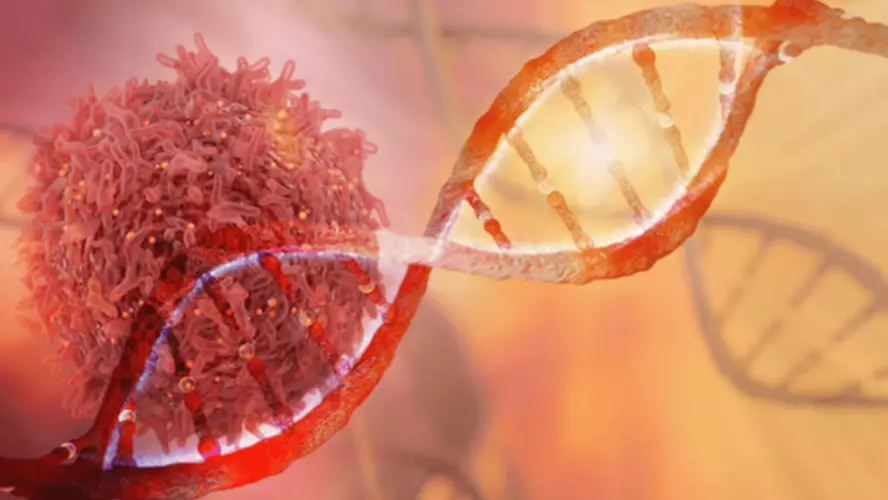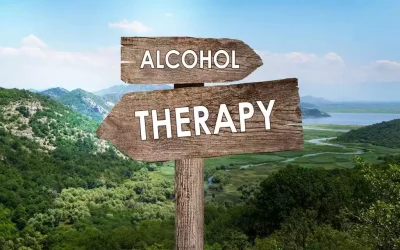This is largely because when hydrocodone binds to opioid receptor sites, it can trigger a release of the feel-good chemical dopamine. Some people abuse Vicodin to achieve the high it creates, and the increased production of dopamine causes a chemical imbalance to occur. Fatal side effects can occur if you use opioid medicine with alcohol, or with other drugs that cause drowsiness or slow your breathing. Using this medicine with vicodin addiction any of the following may cause an increased risk of certain side effects but may be unavoidable in some cases. If used together, your doctor may change the dose or how often you use this medicine, or give you special instructions about the use of food, alcohol, or tobacco. Hydrocodone can cause serious unwanted effects or fatal overdose if taken by children, pets, or adults who are not used to strong narcotic pain medicines.
- If you have nausea, it may help to take this drug with food.
- As an opioid, hydrocodone bitartrate and acetaminophen tablets expose users to the risks ofaddiction, abuse, and misuse [see Drug Abuse And Dependence].
- Neonatal opioid withdrawal syndrome presents as irritability, hyperactivity, abnormal sleep pattern, highpitched cry, tremor, vomiting, diarrhea and failure to gain weight.
- Hydrocodone can also create a euphoric high and a reward response in the brain.
How to Use Vicodin Safely for Pain Relief
- If you notice other effects not listed above, contact your doctor or pharmacist.
- This medicine may cause a serious type of allergic reaction called anaphylaxis, which can be life-threatening and requires immediate medical attention.
- In the US – Call your doctor for medical advice about side effects.
- The content on Healthgrades does not provide medical advice.
- Taking certain medications together can lead to a fatal overdose.
- Concomitant use of opioids with benzodiazepines or other central nervous systems (CNS) depressants, including alcohol, may result in profound sedation, respiratory depression, coma, and death [see WARNINGS, DRUG INTERACTIONS].
Combining carbamazepine with acetaminophen may increase the risk of liver toxicity. Tell your doctor if the medicine seems to stop working as well in relieving your pain. Ask a doctor before using opioid medicine if you are breastfeeding. Tell your doctor if you notice severe drowsiness or slow breathing in the nursing baby.
Vicodin (hydrocodone/acetaminophen) side effects list for healthcare professionals
Use with CYP3A4 inhibitors or inducers may change hydrocodone plasma levels resulting in prolonged adverse effects or potentially fatal respiratory depression; monitoring is recommended. Concomitant use of opioids with benzodiazepines or other CNS depressants, including alcohol, may result in profound sedation, respiratory depression, coma, and death. Reserve concomitant prescribing for patients with inadequate alternative treatment options, limit dosage and duration to the minimum required, and https://ecosoberhouse.com/ monitor for respiratory depression and sedation. Alcoholic beverages or medications containing alcohol should be avoided due to the potential for increased hydrocodone plasma levels and a potentially fatal overdose. Risks are increased inpatients with a personal or family history of substance abuse (including drug or alcohol abuse oraddiction) or mental illness (e.g., major depression). The potential for these risks should not, however,prevent the proper management of pain in any given patient.
For Healthcare Professionals
Instruct nursing mothers to seek immediate medical care if they notice thesesigns [see PRECAUTIONS; Nursing Mothers ]. Hydrocodone bitartrate and acetaminophen tablets are contraindicated in patients with gastrointestinalobstruction, including paralytic ileus. Rarely, acetaminophen may cause serious skin reactions such as acute generalized exanthematouspustulosis (AGEP), Stevens-Johnson Syndrome (SJS), and toxic epidermal necrolysis (TEN), which canbe fatal. Patients should be informed about the signs of serious skin reactions, and use of the drugshould be discontinued at the first appearance of skin rash or any other sign of hypersensitivity.
Other uses for this medicine
The severity of the withdrawal symptomsexperienced will depend on the degree of physical dependence and the dose of the antagonistadministered. If a decision is made to treat serious respiratory depression in the physically dependentpatient, administration of the antagonist should be initiated with care and by titration with smaller thanusual doses of the antagonist. Hydrocodone bitartrate and acetaminophen tablets may cause severe hypotension including orthostatichypotension and syncope in ambulatory patients. Follow these patients for signs of hypotension after initiatingor titrating the dosage of hydrocodone bitartrate and acetaminophen tablets.
Does Vicodin (hydrocodone/acetaminophen) cause addiction or withdrawal symptoms?
This is especially important for elderly patients, who may be more sensitive to the effects of pain medicines. If too much of this medicine is taken for a long time, it may become habit-forming (causing mental or physical dependence) or cause an overdose. Vicodin (hydrocodone/acetaminophen) is a combination of a narcotic pain-reliever and a cough suppressant, similar to codeine, and a non-narcotic analgesic (pain reliever) and antipyretic (fever reducer) prescribed for moderate to moderately severe pain. Common side effects of Vicodin include lightheadedness, dizziness, sedation, nausea, vomiting, drowsiness, constipation, and spasm of the ureter, which can lead to difficulty urinating.

Professional resources
It is not known if these changes are caused by vigabatrin or if they are harmful. Do not share digoxin with other people, even if they have the same condition as you. People who are allergic to any of the following should not take digoxin. While less common, the most serious side effects of digoxin are described below, along with what to do if they happen. Once he is back at home, he will need to have the life skills demanded by the twists and turns of life. Once he has these skills securely in hand, he will know how to stay sober when there is an obstacle or setback in life.
Observe newbornsfor symptoms of neonatal opioid withdrawal syndrome and manage accordingly [see WARNINGS]. Advise patients to dispose of unused hydrocodone bitartrate and acetaminophen tablets by flushingunused tablets down the toilet. Inform patients that anaphylaxis has been reported with ingredients contained in hydrocodone bitartrateand acetaminophen tablets.
FDA warns against giving kids cough and cold medicines with codeine or hydrocodone – The Washington Post
FDA warns against giving kids cough and cold medicines with codeine or hydrocodone.
Posted: Thu, 11 Jan 2018 08:00:00 GMT [source]
To reduce the risk of dizziness and lightheadedness, get up slowly when rising from a sitting or lying position. Opioids have been shown to have a variety of effects on components of the immune system. Overall, the effects of opioids appear to be modestlyimmunosuppressive. Use the lowest effective dosage for the shortest duration consistent with individual patient treatmentgoals [see WARNINGS].






